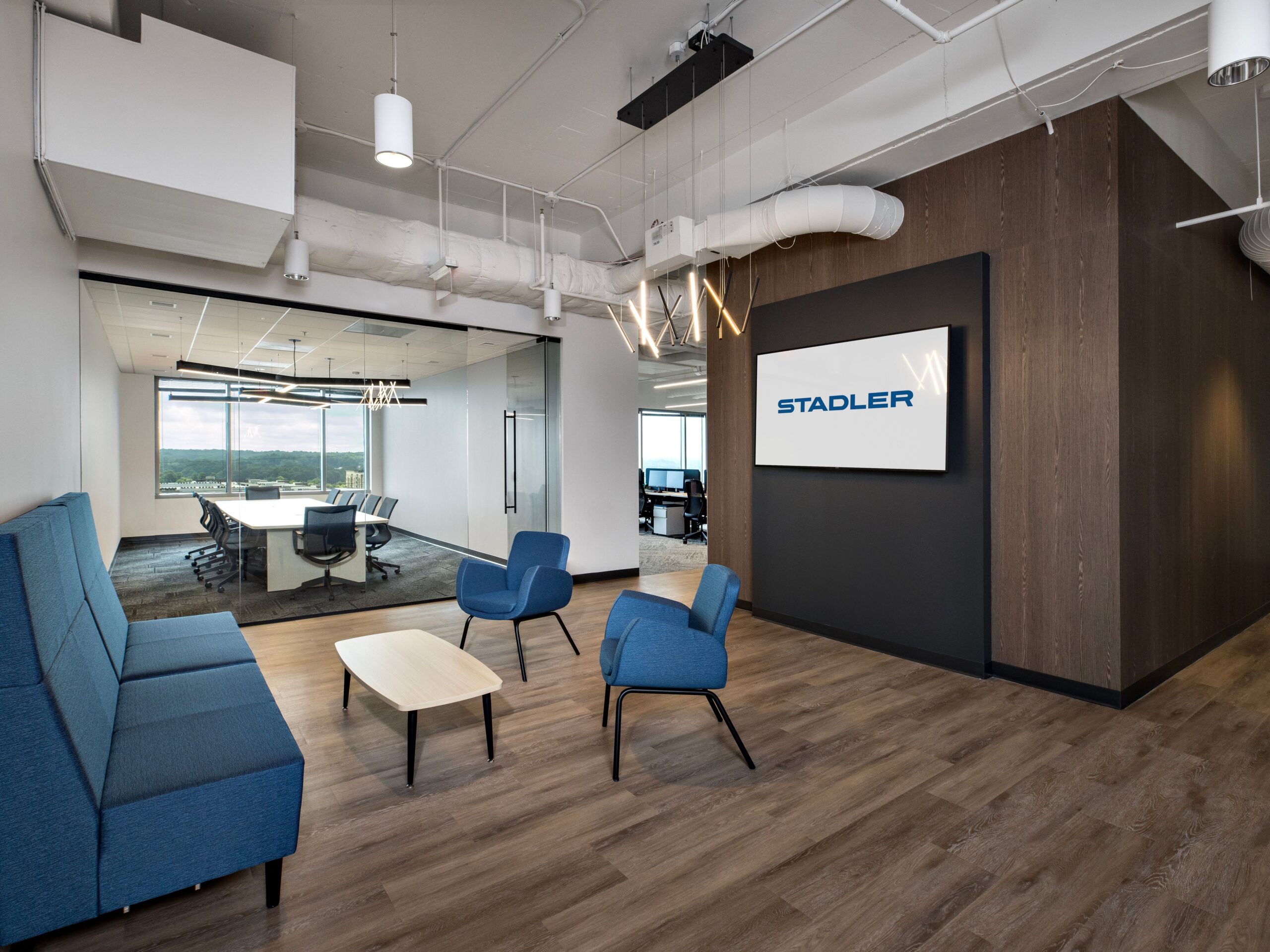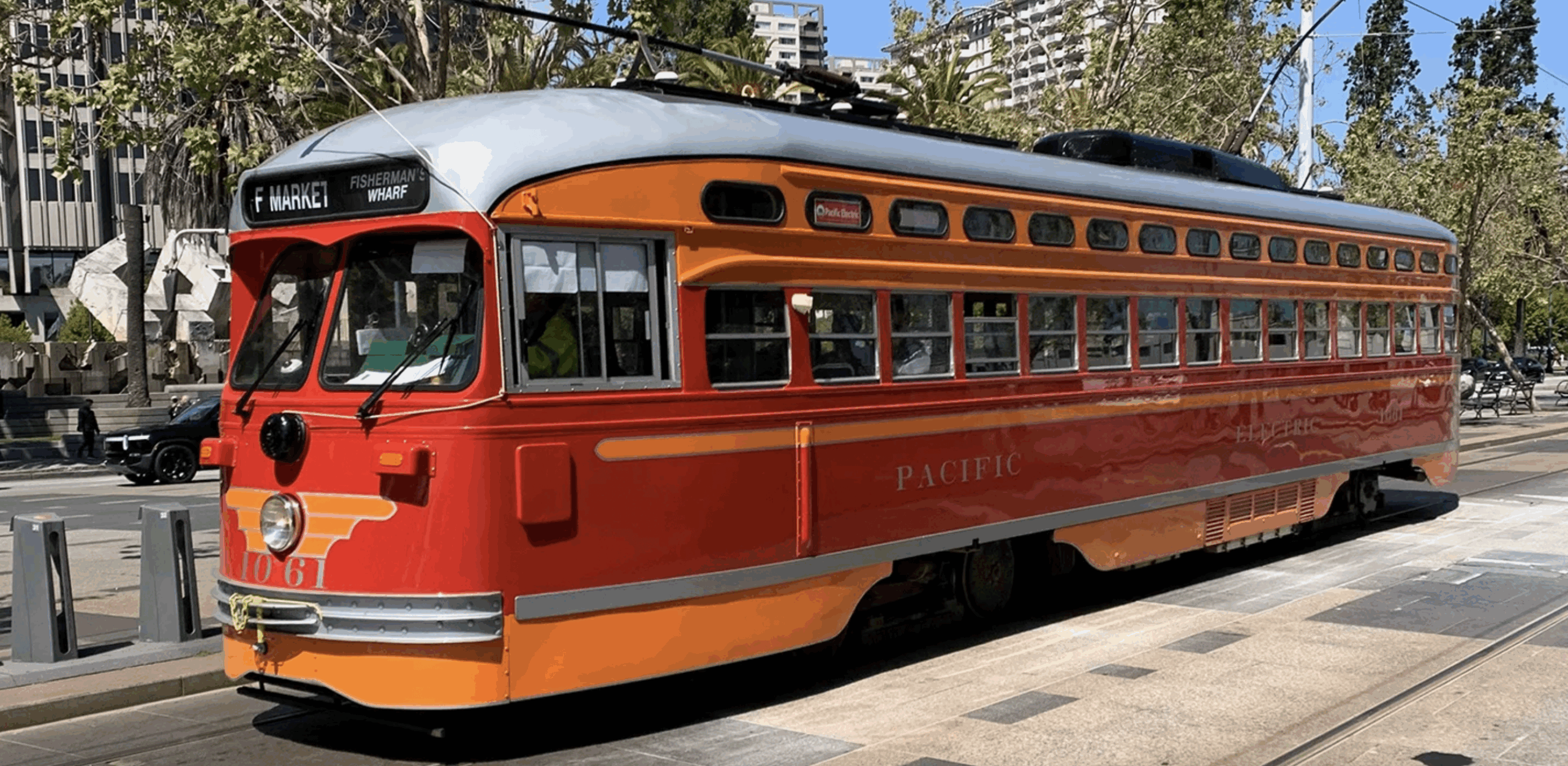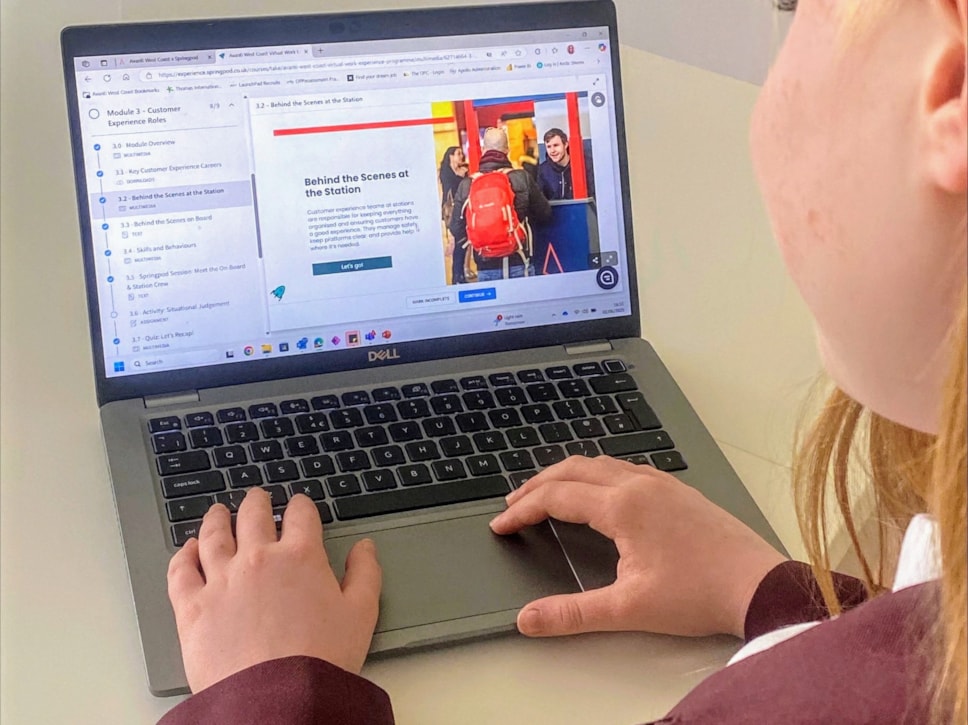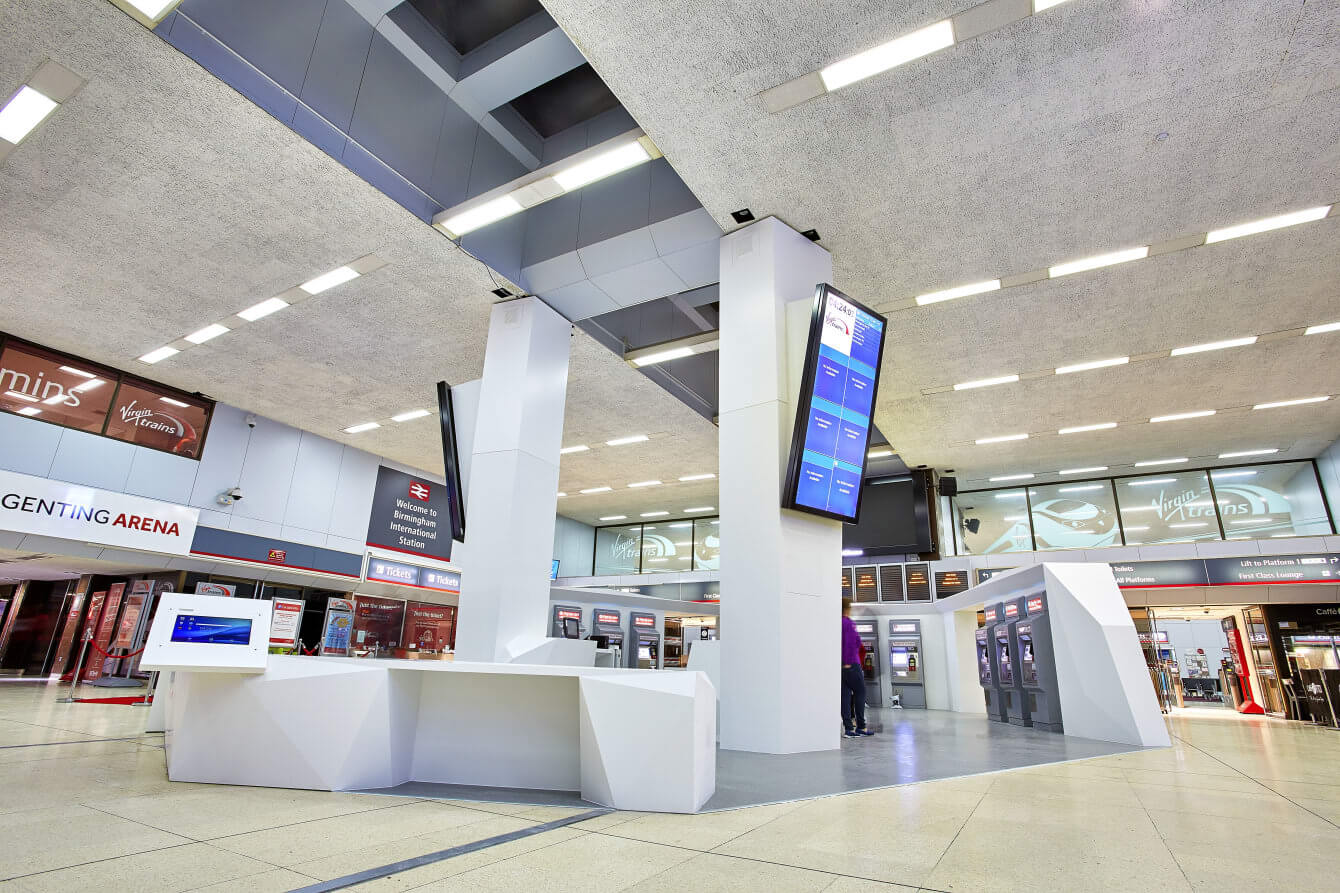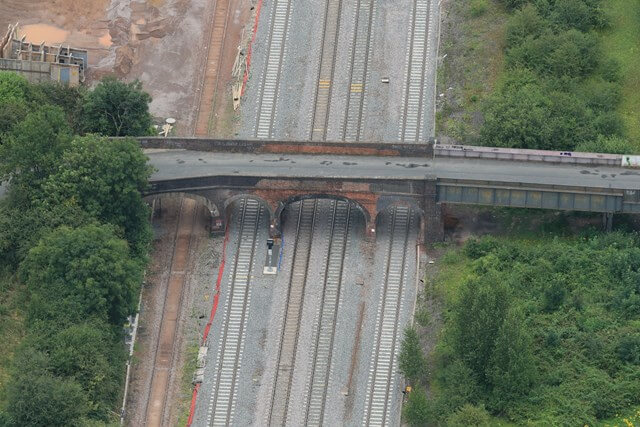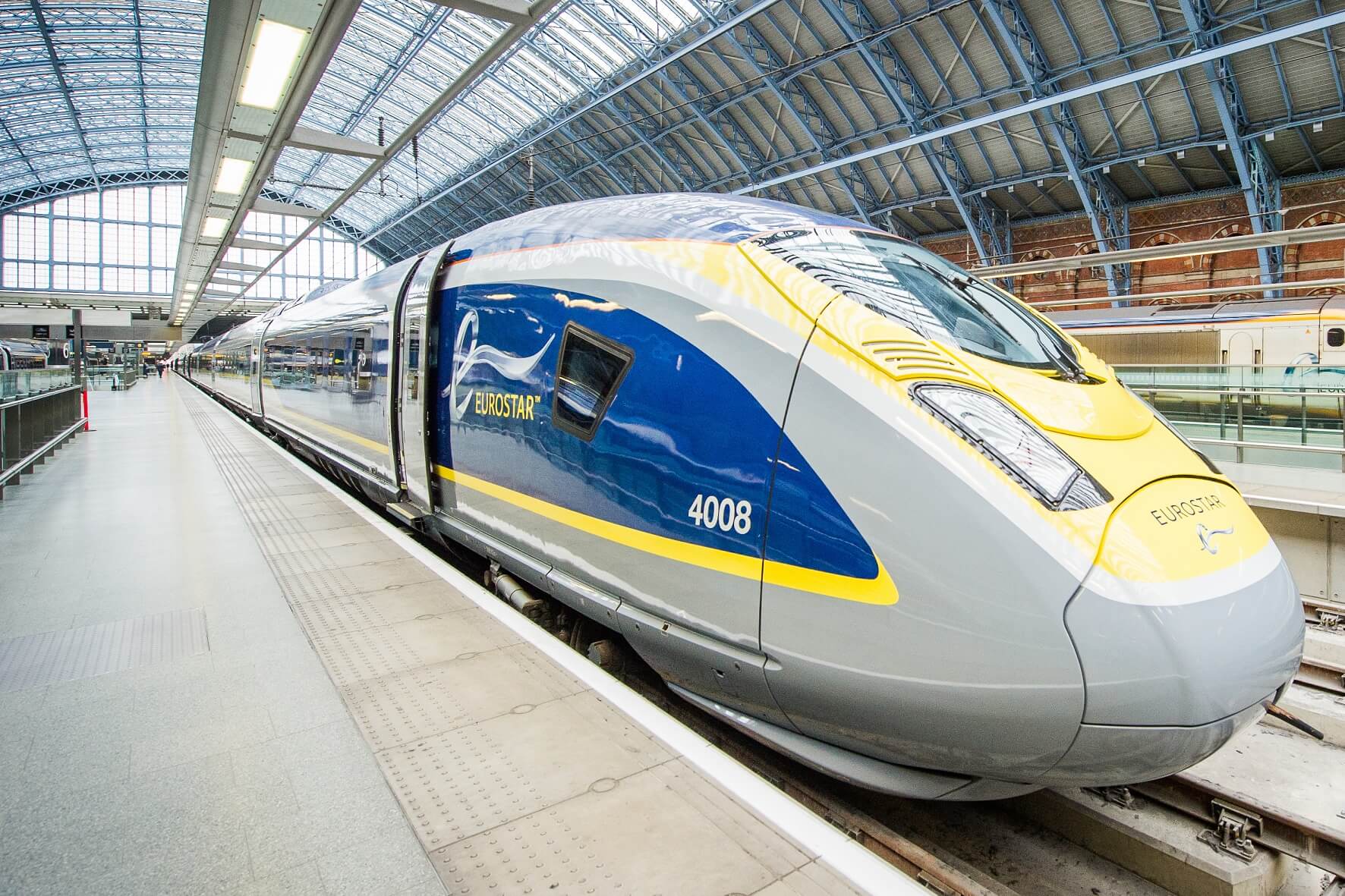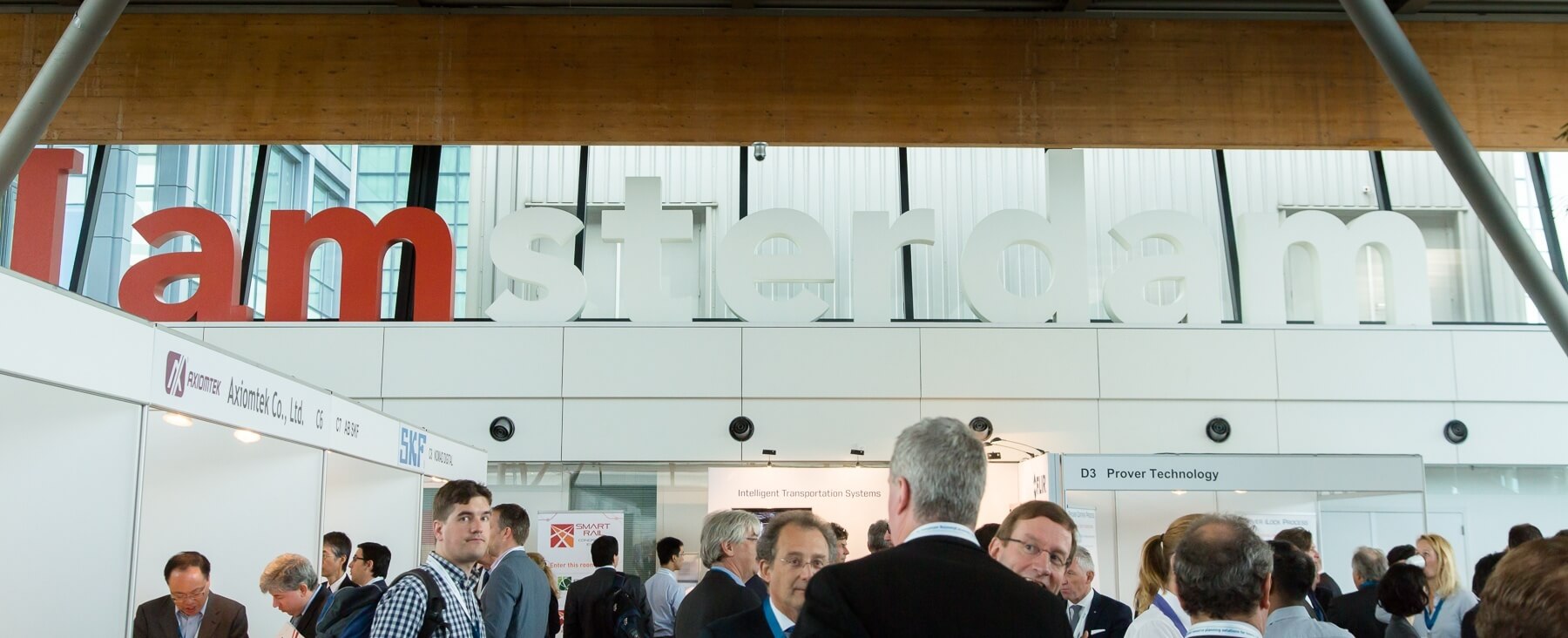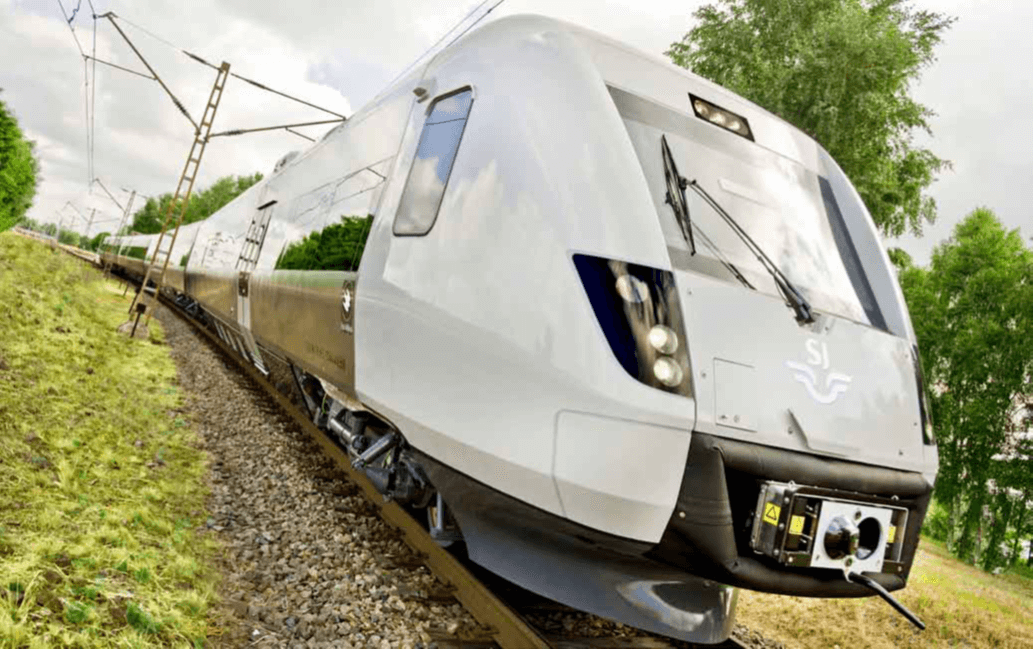We all want wifi.
Free wifi.
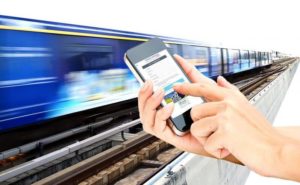
In restaurants, hotels, bars, airports, stations, trains… basically any time we’re away from home. I – that’s me, Josie – now won’t book at hotels that don’t have complementary wifi in the room.
And I’m sure any parent can testify that the question ‘what’s the wifi password?’ has overtaken ‘are we there yet?!?’ as the number one question coming from the next generation.
So of course we want to talk to companies who’re making wifi happen for us. And to that end we chatted with Matt O’Donovan, CEO of Wifi SPARK, and his colleague Claire Bradley to find out what they’re up to.
Matt explains what got him going back in 2003:
“I spent a lot of time on aeroplanes, a lot of time travelling around Europe, Middle East and Africa and I decided I’d had enough of aeroplanes; that was about the time that wifi was embryonic. I had a boat in Torquay marina where I wanted to be able to access the internet while I was tinkering with my boat.”
He goes on to say that he looked around to find a service that could accommodate what he was after, but came up empty, so…
“…I decided to make one”.
Need is the mother of invention.
“Being a techy at heart I got a couple of engineers who were working for me at one of the American companies and said ‘OK guys, I want to build this platform to get people on-board wifi networks’. So we did.”
Fast-forward through a steady development, project by project in hospitality and healthcare to a company that now employs over 50 people.
RN: “So if you set up in 2003 how long did it take you to get into the transport sector?”
Matt: “We’ve been in many different sectors, transport is quite a recent thing for us. It was only really last year that we implemented the Chiltern Railways service. My experience of working in the rail industry is that they’re very risk-averse – it’s got to be right, it’s got to be fit for purpose.”
RN: “Did you approach Chiltern Railways and say ‘I think we can do something for you’ or did they come to you and then you looked into it, thinking ‘what are the specific needs of transport sector, can I do that?’”
Matt: There was obviously a competitive tender situation for Chiltern but when we looked at Chiltern’s requirements it was an obvious fit for the way we had architectured the platform. We’ve got to get the transport industry up-to-date with technology. The connected journey piece was really good.”
Continuously Connected Passenger Journey
The connected journey is a continuously connected wifi experience for passengers from station to train, train to station.
Matt: “We had most of the components required in the service to create this connected journey so for us it was an obvious and natural thing to do. I think other companies who don’t have such an open architecture would have struggled, some of the monoliths, they’ve got a very regimented offering: you take this from Sky and you will get A, B and C. If you try and go outside of the box its like ‘oh, well that’s a big change to our core platform that could affect millions of people, we’re reluctant to do that so actually you don’t need it you should just take what were offering you’. It’s not the right approach. And if you’re going to be innovative in any sort of industry you have to approach it from the ‘what would you like?’”
RN: “Do you think that sometimes a lot of the train operators and rail operators don’t know quite what they want? How would you manage the client to sort of try and get them thinking in a different way?”
Matt: “There used to be a term in wifi called monetisation. You have to monetise your wifi. I think that’s dying out now but a few companies are still using it. Really you should think of your wifi network as a platform from which to launch other services in the same way that your household wiring, the electricity in your home is your infrastructure – that’s quite boring and you pay for it and it works. When was the last time you considered the efficacy of your 13amp outlets? You just never do because it just works but what is interesting is the fact you can go and buy a nice smart TV and it’s got all these smart things in it and brings you benefit and you can plug appliances and services into it to improve your life and make it a lot better. That’s the same thing on wifi so the days of wifi as just being ‘I can log on and get on the internet’ are pretty much over or they are certainly changing and the important stuff is the services you can run on top of that to bring additional benefit.
“Now in rail there are some big challenges, the biggest challenge they’ve got is getting the internet connectivity to the rolling stock – that will only be solved by better 4G and 5G connectivity and it will remain an issue for quite some time. However, there are ways of improving a lot for the passengers by way of caching local data, certainly for entertainment type services and some operators are starting to do that but there is a gap between the expectation of the customer and their experience when they’re sat on the platform connecting to a fibre optic internet connection to when they get on that rolling stock and go out of Oxford Parkway – they’re on to 3G, 4G as a best you can get in the middle of the countryside – and it ain’t that great. That’s the biggest bugbear I think for internet connectivity.”
RN: “So can you talk us through who does what on this connected journey project?”
Matt: “So first of all the experience that the passenger gets is they park their car, they walk out of the car and stand on the platform and they take their device out. They see that there is a wifi network available, that’s us, so we broadcast that signal on the platform. The passenger then sees a very nice user experience that gives an opportunity for engagement with Chiltern. You get a period of time to validate your email address, if you validate it then great you get a year of internet for free.”
RN: “That means I have to sign into my email account, see the email that’s just come through to me and click accept.”
Matt: “Yes, that is the step that you have to go through but we feel that if we’re giving you a year’s worth of free internet it’s probably worth you taking the time within that 15 minutes free to open your email.”
Free Wi-Fi Connectivity for Passengers
Matt can see I’m not very excited by this extra validation step for reasons that would end up being rambling, but yes, if I don’t have to sign in for a whole year after that, I’d do it and there’s more:
Matt: “Then the passengers at the station are online, they then exit the platform onto the train – at that point there’s some magic that happens between Icomera and us where we hand the session over to Icomera, it then continues with Icomera, the train departs, comes all the way down into Marylebone Station and then the reverse happens. So the passenger gets off the train, walks on to the platform, we then see that, we take the session back so you have your connected experience the whole way through. At the same time on the platform we have a connection that allows the train to offload its data, so if somebody comes in to the station, they’re on the train, their internet connection when it was out in the countryside will be sub-optimal when they are in the station it will be great, because we allow that train to hop onto the wifi in that station.”
RN: “You’re at stations and you’ve built a programme that says ‘prioritise me if you see me’ to the device?”
Matt: “Yes. That’s how you get a year of internet. As for the TOCs, I will paint some scenarios of what can be done in with regards to big data. This is where I think the TOCs really need to pay attention.
“So you’ve collected the data about the fact that somebody has walked on to the platform via the wifi. We can then tell you how long that device has been on the platform so we know what the waiting time is we know what train they got on because we will see a large number of devices disappear from the platform and go somewhere else. So we can then say OK at 9:17 these devices exited and then were next seen at the next station down where they were picked up. We can also determine how long people wait on the platform. You might not think that’s very interesting but actually it is because you have concessions on the platforms that rely on people turning up to buy their goods. Starbucks and Costa aren’t going to put their brand somewhere where they don’t know what the footfall is, where they don’t know what the occupancy level is and there’s no way of evidencing it. If we can evidence how many people spend what amount of time at which platforms, that’s really useful information to give back to concession operators. But lets now take that to the next level and look at data enrichment.”
Data Enrichment
At this point Matt, Andrew – my boss, who is also there in the room with us, and I have a chat about privacy and consent. Think GDPR – the General Data Protection Regulation – the ‘Snoopers’ Charter, Brexit, grey areas, lawyers… basically, uncertainty, but we get back to the possibilities.
Matt: “We can take an external data source such as census data and based on a postcode and say a year of birth, we can say you earn £45,000 a year on average, you drive a BMW, you go on holiday twice a year you tend to go to the Far East, you like shopping for these things – it’s incredible all this data that is available through enrichment.”
RN: “The postcode is one of the things you ask for on your Chiltern sign in page.”
Matt: “Let’s be straight, we’re not doing this now. We’re putting forward the potential benefits to clients through data enrichment. So all of a sudden not only can you say to you concession operators ‘we are going to have busy hours 7am–8am on Wednesdays where 17.5% of the footfall arrive, but actually of that 17.5% a quarter earn more than £50,000 a year and drive a Mercedes, so that might be more attractive to a Starbucks/Costa.
“I think we are going to see a movement towards using this data more practically for improving the services, being able to look at your overall infrastructure and what improvements you need to make for the benefit of the passengers to have measurable results – that’s really exciting and will get a lot of attention in coming years.
“I cannot predict from your postcode that you drive a Mercedes. But I can predict out of 100 people in your postcode with your age group the probability of ownership of that particular type of vehicle is greater than X. So it is statistical analysis and this is why I say it’s analytics. If you hear the term wifi analytics, from most companies what that means is collect data, put it on a pie chart – that’s not analytics at all. Analytics is actually taking that data, enriching it, drilling it down putting in other data sources and making informed business decisions based on that data.”
RN: “So Chiltern run the train service but they also manage the station and that’s why you can benefit by having the interconnectivity. There are other franchises where maybe the operating company has nothing to do with the stations and that makes it a bit more complicated. If I think your solution is great, what needs to change so that it can be rolled out without these barriers to continue this seamless experience?”
Matt: “Yes absolutely and that is the challenge where we can do it for a micro community or a single TOC that has the ability to manage the platforms, so if it’s Network Rail then we’ve got a challenge. But, as you can imagine we’re also talking to the Department for Transport, Network Rail and all the other TOCs about this sort of service.”
RN: “So if you can do all these great things with data enrichment, why are you currently only providing the connected journey for Chiltern and not more?”
Matt: “You need to watch this space. We’re talking to them about it.”
RN: “But you’re already capturing the data, so when you do roll it out, you’ve got a year, 2, 3 years worth of data already?”
Matt: “Yes, correct. And we can look at seasonal averages we can look at performance one year based on another one, we can look at events – what is Glastonbury doing for Chiltern Railways?”
Claire: “I think something that our most successful customers have got in common is that they really want to delight their own customers so their passengers. Chiltern with their passengers don’t want to just get them from A to B on time, they want to make sure that their passengers are having a really positive experience the entire way. As soon as they step out of the car on to the station, they are able to check their emails and see what deals are coming up with Chiltern, nice little touches like you get ‘welcome back Matt’ when you get back into the station – the same thing happens if you visit London City Airport. It’s just the personalisation that really drives the consumer loyalty to the organisation that they are travelling with.”
We concluded the interview. We left with a much clearer sense of understanding about the possibilities that companies can access via analysing data and the huge potential for using information about customers to enhance the customer experience, increase revenues for businesses and improve safety and reliability. It is definitely an impressive resource companies have at their disposal.
Wifi is something that all train passengers want and need in today’s digital world. It is also the responsibility of the rail industry and governing bodies to make sure this data is used correctly, ethically and responsibly. If that is the case, then some very powerful and exciting developments lie ahead.
FOR ALL THE LATEST INFORMATION, NEWS, IMAGES, VIDEOS AND ARTICLES FROM WIFI SPARK, PLEASE CLICK HERE.

















